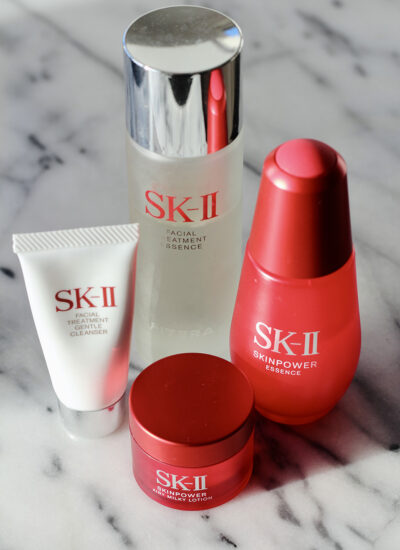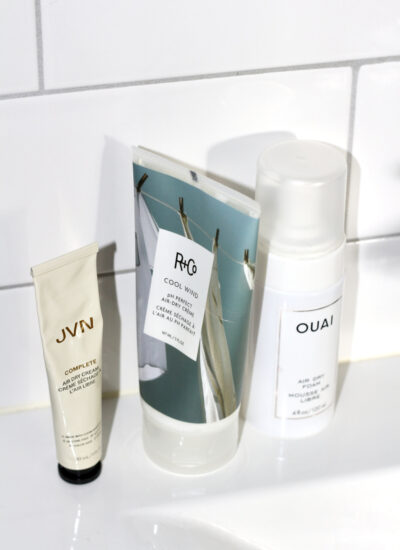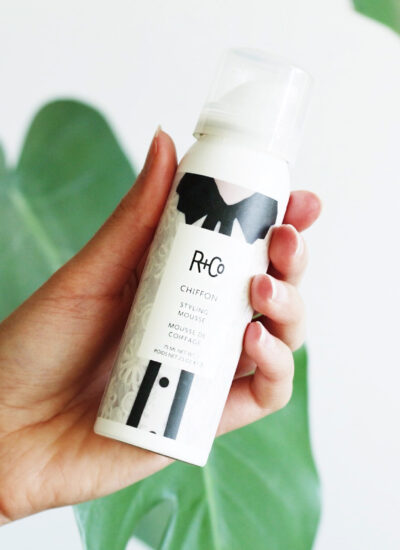
Back in November, I mentioned I was dwelling into the world of Ayurveda and eating according to one’s Dosha, and you may be wondering how it all went.
Well, I learned a thing or two from it that I will forever cherish and keep with me in my daily life and diet.
(OBS: Put in mind that my opinions are only based on a ~2 months experience. Personally, I believe you should stick to a diet longer than that for true results.)
THIS SITE USES AFFILIATE LINKS
How Ayurveda Helped me
- Listen to Your Body. No brainer, but the whole idea of Doshas and how your superior Dosha differs from seasons to age, and even the time of the day is a lesson learned in feeling out yourself and your body. It’s a simple way of saying that everyone is different and everyone’s needs are not the same at the same time. So when you follow this simple step you will understand why your body thrives on juicy, sweet and cooling foods in the summer, and why it may like the warm and heavier foods in the winter. This brings you closer to yourself and the Universe in general.
- Letting Yourself Feel What You Feel. I noticed pretty quickly the fire I had in yoga during the summer and early fall developed into something more slower and deeper during winter.
I’ve mostly stopped the immense training that I used to do, to only doing Yin yoga and a lot of meditation. And it’s been okay if not even great going inwards. It’s the season, it’s my body, the fire will come back, I trust myself enough to take this break, gain some weight and focus on the inside for a while. It all has just taught me how to be more grounded and not always put mind over matter. - The Power of Herbs & Neem. I’m not a big fan of supplements, especially not commercial ones or lifetime-takers. But I do think that if you’re feeling unbalanced during a period in your life, it’s better to turn to some natural remedies of dried herbs in pellet-form. These will not disturb your body by putting foreign objects like the chemical stuff you buy at the drugstore – Book to read: The Healing Code. But in terms of Natural Hygiene, I only believe in taking herbal remedies including garlic only when must.
My problem seems to have something to do with the digestive tract and/or being hormonal. Because diet didn’t seem to cut it I figured I’d take help from some Ayurvedic herbal remedies. Together with Triphala, I used Guduchi & Neem to regulate the liver and eliminate toxins – excess hormones are taken care of by the liver. If you want to discover more liver supplements that may also be beneficial, it is best to do your research yourself and take a look around. Liver health should be taken seriously, especially if you have an alcohol addiction issue. Of course, you might also need to get help from a rehab center like Arista Recovery (an institution in Tonganoxie Kansas) to get the required treatment done properly. Anyway, thankfully, I have no addiction issue. So, I switch to Neem & Sarsparilla which helps for healthy skin and the treatment of eczema, psoriasis, acne, and rosacea.
Psoriasis is one of the conditions that has close to no cure, and treatments can only reduce or lessen its effects. More often than not, people who suffer from psoriasis end up with psoriatic arthritis that causes inflammation of joints and can be painful. I find this important to mention here because there are several herbal solutions to help with the pain and irritation; medical marijuana psoriasis is something that patients may consider as a treatment, as it could help relieve many of the symptoms including the anxiety that can come along with having this condition.
Anyway, there was a significant change in my skin after a month that also lasted off the herbs. I still believe Guduchi & Neem was the most powerful one, that gave me detox symptoms in the form of a headache and lethargy the first few days of taking it.

There were a few things I didn’t agree with when it came to Ayurveda and Diet.
- Looking subjective at the Dosha Diet. I tried eating after Pitta for about 2 months very strictly, but it just didn’t work for me. My troubles didn’t seem to pass by avoiding carrots, beets, and my staple, the banana. I actually felt much better when incorporating them back into my diet! But as said before, following the dosha diet objective, looking at the whole picture, goes along fine. I just don’t think bananas was the problem. But this could also be because a Pitta-diet is mostly made for the summer. Now I did agree with less spice the better for my tummy. And even though arugula is no match for spinach, I did find it makes my skin glow somehow more.
- Ghee as being healthy. It was kind of my way of showing how far I was ready to try Ayurveda, considering my vegan path. In the beginning, I thought I saw some benefits, but in the end, I won’t be making another batch of this. I still think it’s just as a good cooking fat as Coconut oil, it’s one of the more stable ones so if you’re okay with dairy this one should be used. But I have always been pretty much against all kinds of dairy since I was a child (but I’ll admit that cheese in my eyes is another artifact…). Just because it’s “clarified” doesn’t make it Not from another animals breast – iow: not for humans to consume. So in the end, I wasn’t that impressed by it. It’s kind of perverse when you start thinking about it.
- Wrong Food Combining. This is not a strike to Ayurveda itself but the book I was following. I think I mentioned this when posting one of the breakfast recipes in the book. Ayurveda, in general, educates in proper food combining, which is actually an important part of a healthy Ayurvedic diet. So I was a bit confused that they didn’t put more emphasis on this in the book because I believe this is one of the things that would help one make better food choices.
If you don’t want to change your diet, change the way you eat it.
Beyond Food
Eating according to one’s dosha made me explore it more beyond just diet-wise, and I ended up looking into Ayurvedic skin care. This may have been the most profound thing that has helped my acne. By identifying myself as Pitta I learned to see my skin as not being problematic but sensitive, and so is my body and mind. If I get upset it will upset my stomach and will then show off on my face. The same thing happens when I upset my stomach with the wrong types of foods that are either hard to digest or upsetting in some way.
We often times don’t see stress in the form of food or what we apply to our bodies. But this lesson taught me to lean towards more gentle and milky cleansers, and also indulge in cooling and moisturizing oils; keeping it simple as possible and not overwhelm my face and body with different products. Just doing this alone has helped my skin be less irritated and less acne-prone. But what I did feel at the end was that this isn’t just something people with a Pitta constitution should do. We all have different grades of sensitivity, but we all should treat ourselves, our bodies, and our skin, with kindness and be gentle with it. It suddenly kind of makes senses not to use harsh products on your acneic skin, but to really go after the motto: Less is More.

About The Book
Maten Är Min Medicin (Food Is My Medicine) by Janesh Vaidya, is one of the few cookbooks that I have that actually delivers tasteful recipes. I and my hubby loved all the curry dishes, and then some. I also was very pleased to see simple DIY spice mixes and find a few raw food recipes. I do think this book teaches you the basics of how to incorporate Ayurveda in Sweden, and overlook the different types of doshas. My only concern is that it ignores the whole concept of proper food combining.







